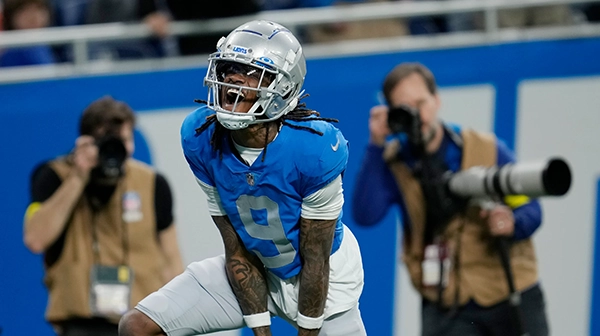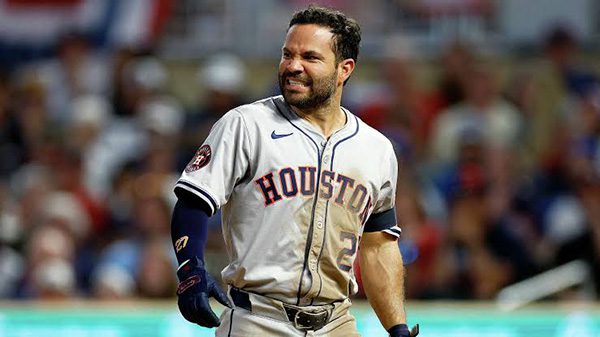Final Table Strategy: Making Adjustments
by Chad Holloway of Predictem.com
Tournament poker is the most popular form of poker both because of its simplicity and its many intricacies. Tournament poker is simple in that it only costs a pre-determined buy-in amount to provide you with the same opportunity for victory as the other players; as opposed to cash games where deep-pockets can influence the game. However, tournament poker is an intricate game where many different strategies are played out around the felt. Some strategies have proven more effective than others, but each has their own unique sets of advantages and disadvantages. This is never truer in a tournament than at the final table, where players are often forced to adjust their previous strategies to account for the changing circumstances. In More Hold’em Wisdom for All Players, Daniel Negreanu describes the challenge of making crucial adjustments:
“One of the most difficult challenges novices face at a final table is making the necessary adjustments for short-handed play. During most tournaments, play is nine-handed all the way down to the final table. As you get down to six, five, or four players, though, the correct playing strategy will change dramatically. It’s true that a player may succeed by waiting for premium starting cards on his way to the final table. However, if he continues playing that way short-handed, the blinds and antes will eat away at his stack.”
What Negreanu is advocating is a basic rule in poker, especially tournament poker: the fewer the players at the table, the less stringent the starting-hand requirements. Why is this? Because the blinds and antes at the final table are so high in comparison to the chips stacks that they force you to play looser. Sometimes it can take hours to pick up a decent hand such as a big pocket pair, but if you try to wait that long at a final table the blinds and antes will reduce your stack to nothing, if not eliminate you first. Instead, you need to look at hands you normally wouldn’t consider as hands with strong potential. As Negreanu puts it:
“Hands such as A-7 offsuit, cards you wouldn’t play in a nine-handed game, become raisers when play becomes short-handed. To stay afloat, you need to win one set of blinds per round. If you’re playing four-handed, that means you need to pick up a pot one out of every four hands. If you fold A-7, you may not get a better chance for a while.”
Although the correct strategy changes as each player is eliminated from the final table, it really kicks in when play is four-handed. At this point any starting hand containing an ace is favored against the random hand of one of your opponents (In fact any hand with a King is favored against a random hand as well). This means that hands such as A-10, A-J, A-Q, and A-K are monsters, A-9 down to A-5 are quality cards, and even A-4, A-3, and A-2 are probably worth a raise.
Almost any hand with a face card is worth playing (with the exception of a face card paired with something like a five or lower), but should still be played depending upon position. The key in the final stages of a tournament is being able to make adjustments to your game by stepping up the aggression and loosening up your starting hand requirments as the field narrows itself down. Do this and you just might find yourself with a tournament victory under your belt!








